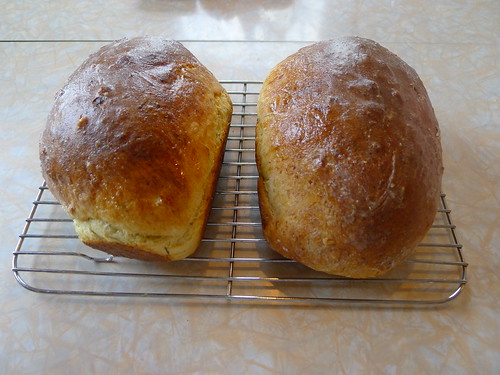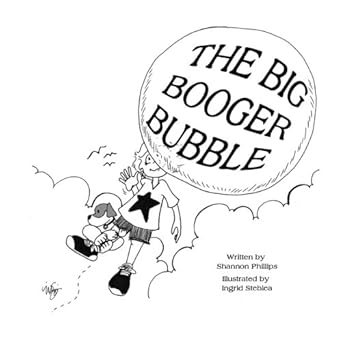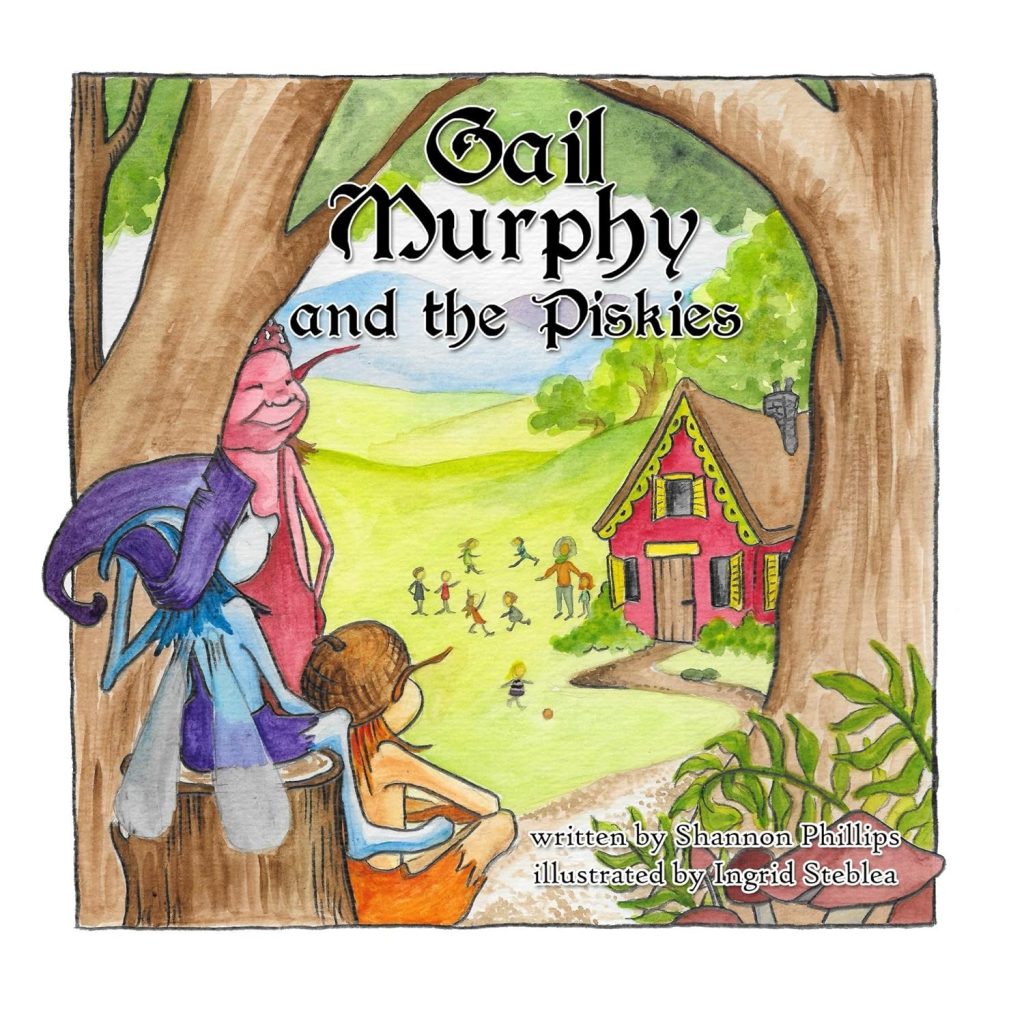Peggy Fleming’s Cottage Cheese Dill Bread
This is the recipe that made me learn to cook.
Well, bake. I started off baking. Baking’s not easier than stovetop cooking but it involves, for the most part, a different set of skills. The two that were hardest for me were: a) learning the right temperature of ingredients for yeast, and b) learning to judge how much kneading different types of dough require.
As far as a) goes, I killed a lot of yeast by mixing it with water or milk that was too hot. The classic rubric is that liquid for activating yeast should be the same temperature as the inside of your wrist, but the truth is that you want it just a little hotter, to start with, because your bowl is probably cold. Yeast won’t tolerate really hot liquid though, and initially I was far more likely to get the temperature too hot than too cool.
And as far as b) goes, I baked a lot of rocklike soda breads before I finally learned that quick breads require a much gentler touch than yeast breads. In general I have a pretty heavy kneading hand, so the kneading times suggested in recipes are often longer than my doughs actually require. It just takes experience to get to the point where you recognize what dough feels and looks like when it’s underworked, overworked, or just right: “smooth and elastic” is what the recipes will say, meaning that it bounces back when you poke a finger into it, but that can describe a range of doughs and in the end there’s not much substitute for practice.
Anyway, this bread. I was talking to my mom about this bread, and she said, “Do you remember our Sunday night dinners, when we would just eat dill bread and cheesecake?”
“NO,” I said, “but that sounds amazing.” Dill bread and cheesecake were my two absolute favorite foods as a kid. Those Sunday night dinners must have been like heaven.
I know they didn’t happen every Sunday, though, or even particularly frequently, because if Mom had made the dill bread that often I probably never would’ve started cooking. It was craving for fresh baked dill bread that drove me to dig out the yellowing newspaper clipping that held this recipe and start figuring out how to get around in a kitchen.
You don’t taste the cottage cheese, by the way: it just imparts a moist richness. This is a pretty forgiving recipe for beginning bakers because, with two packages of yeast, it has a lot of rising power. Also, it is amazingly delicious.
Peggy Fleming’s Cottage Cheese Dill Bread
In a large bowl, mix together two eggs and two cups of cottage cheese. Mince about two tablespoons of onion and two tablespoons fresh dill weed and stir that in too. Now set your bowl aside for a few minutes, because your eggs and cottage cheese probably just came out of the fridge and they’re cold. Your dough will rise faster if you let them get to room temperature before adding the yeast. Go check your e-mail or something.
When you get back, pull out a separate, smaller bowl and pour in half a cup of warm water (but not too warm!). Sprinkle in two packages of yeast. Stir it up (I use my finger, because you can feel the individual yeast granules, and smear them into the water), then mix in two teaspoons of sugar.
Go back to your big bowl of eggs and herbs and cottage cheese. Add a teaspoon of baking powder, two teaspoons of salt, and two tablespoons of sugar. Stir it up.
Your yeast should be foaming now. If it isn’t, give it a couple minutes. When your yeast is active, stir it into the big bowl with the other ingredients. Then gradually stir in about four and a half cups of all-purpose or bread flour, adding the flour a cup at a time and mixing well between every addition. (I am very partial to King Arthur brand flour. If you want to make this recipe a little healthier, you could probably do a half-and-half mix of King Arthur’s all-purpose and “White Whole Wheat” flours, but I haven’t tried this myself.)
Time to knead your dough. Turn it out onto a floured work surface and knead it pretty vigorously until you’ve got a smooth, elastic loaf. It won’t take too long. Then clean out your work bowl, dry it, grease it with butter, and put the dough back in to rise (turning it so that both sides get a little butter). Cover with a tea towel and put it in a warm spot until the dough doubles in size (about an hour to an hour and a half, or longer if you didn’t bring the cottage cheese up to room temperature).
At some point during this time you’ll want to start heating the oven. Set it to 350 degrees, and also grease two loaf pans with butter.
When your dough has doubled in size, punch it down, knead it a few times, then divide into two loaves and place in the greased loaf pans. Bake for thirty minutes or until the tops are nicely browned and the smell of fresh bread is overwhelming you.
Brush the tops of the loaves with butter and let them cool before serving.













October 6th, 2013 at 1:31 pm
Oh my gosh! What a great day it was when I found your post of this recipe. My mother made this same bread when I was a kid, and I haven’t been able to find the recipe. Mom’s been gone for 10 years. This bread is absolutely delicious and I am making some today after a trip to the grocery store. Thanks!!!
October 6th, 2013 at 2:37 pm
*beam* So happy I could help! The bread is SO GOOD.
July 14th, 2021 at 12:16 pm
Hi Shannon
I have some info for you regarding this recipe – sent you a fb and Instagram message
Barbara
March 17th, 2022 at 12:52 pm
Best cottage cheese dill bread ever!!!